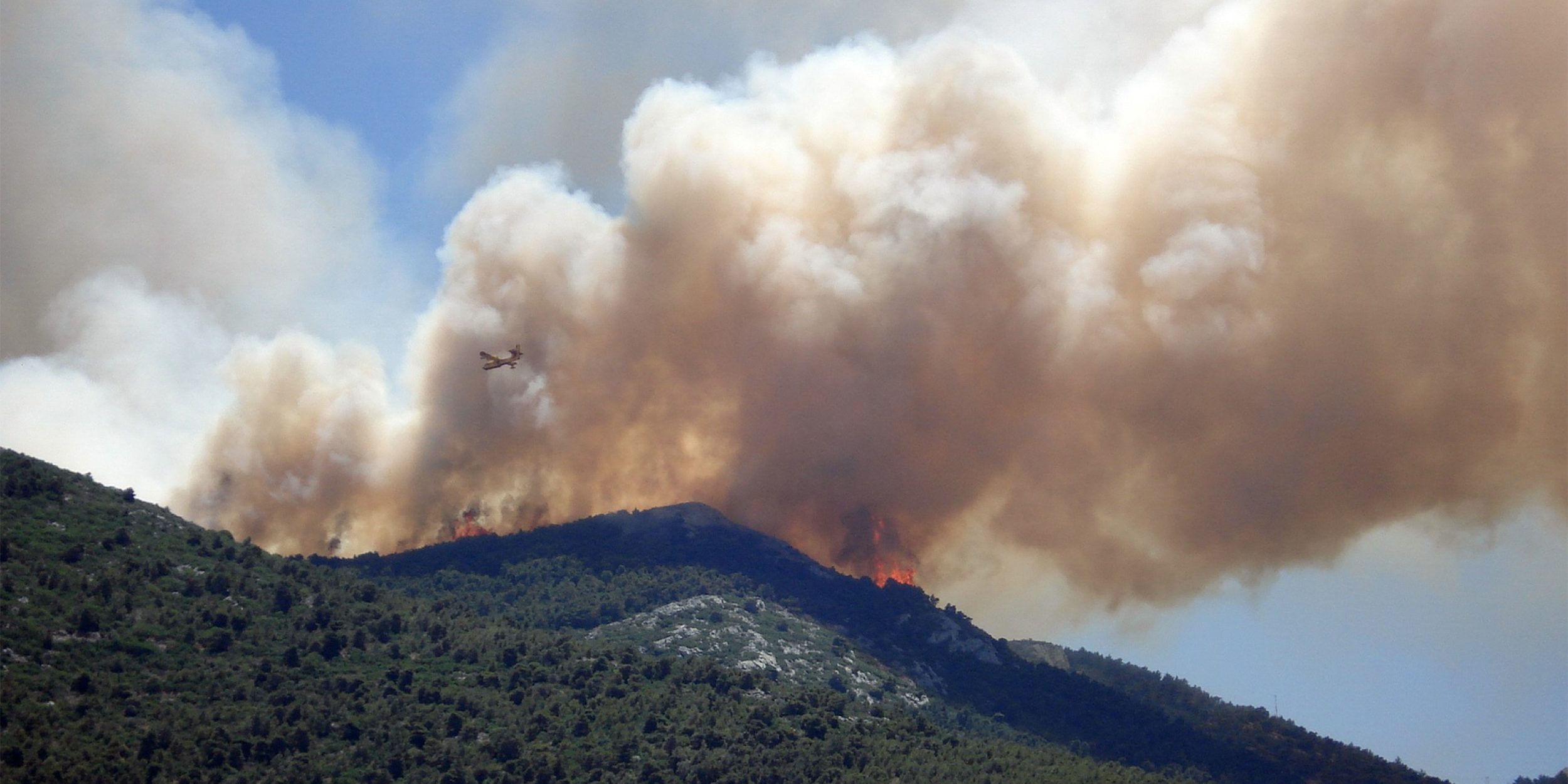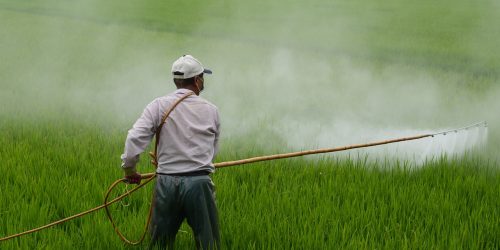Smoke from fires has large air quality, health, and climate impacts. However, both the quantity of smoke and its ability to warm or cool the atmosphere remain poorly understood. By looking at differences in smoke emissions and how smoke absorbs sunlight, a new study supported by CPO’s Atmospheric Chemistry, Carbon Cycle, & Climate (AC4) program provides a better understanding of the air quality and climate effects of fires in the western United States and southern Africa. The study is led by MIT and published in JGR Atmospheres as an early online release.
The two major particle components of smoke (black carbon and organic aerosol) interact with incoming solar radiation in distinct ways; black carbon generally absorbs light and leads to warming, while organic aerosol mainly scatters radiation causing cooling. Brown carbon—a type of organic aerosol—also absorbs light over specific wavelengths of light. Using satellite observations and data from the western United States and southern Africa from three aircraft fire campaigns (WE-CAN, ORACLES, and CLARIFY), this study highlights the differences in how smoke from fires in the two regions absorbs light. It also tests how a widely-used global chemical model represents the properties of the aerosols in smoke that are mainly responsible for absorption—black carbon and brown carbon. Comparisons between the three field campaigns show that the smoke from the southern African fires is more absorbent than smoke from the western United States fires and substantially more absorbent than model simulations suggested. Specifically, black and/or brown carbon downwind of Africa is more absorbent than that in the western United States, according to the study.
The model underestimates emissions of black carbon in smoke from southern African fires and does not accurately represent the differing absorption strengths of brown carbon. The study authors applied various modifications to their model, but any improvements in simulating the African emissions resulted in a decrease in the model’s ability to represent how brown carbon loses its ability to absorb (or whitens) in western United States fires. Their work underscores that model specifications for one region may not work for another and calls for more work to validate model simulations of aerosol absorption. The study also has implications for remote sensing algorithms used by satellites, which often assume globally-uniform properties for their observations. The authors note that more observations are needed to better understand the global radiative impacts of smoke.










